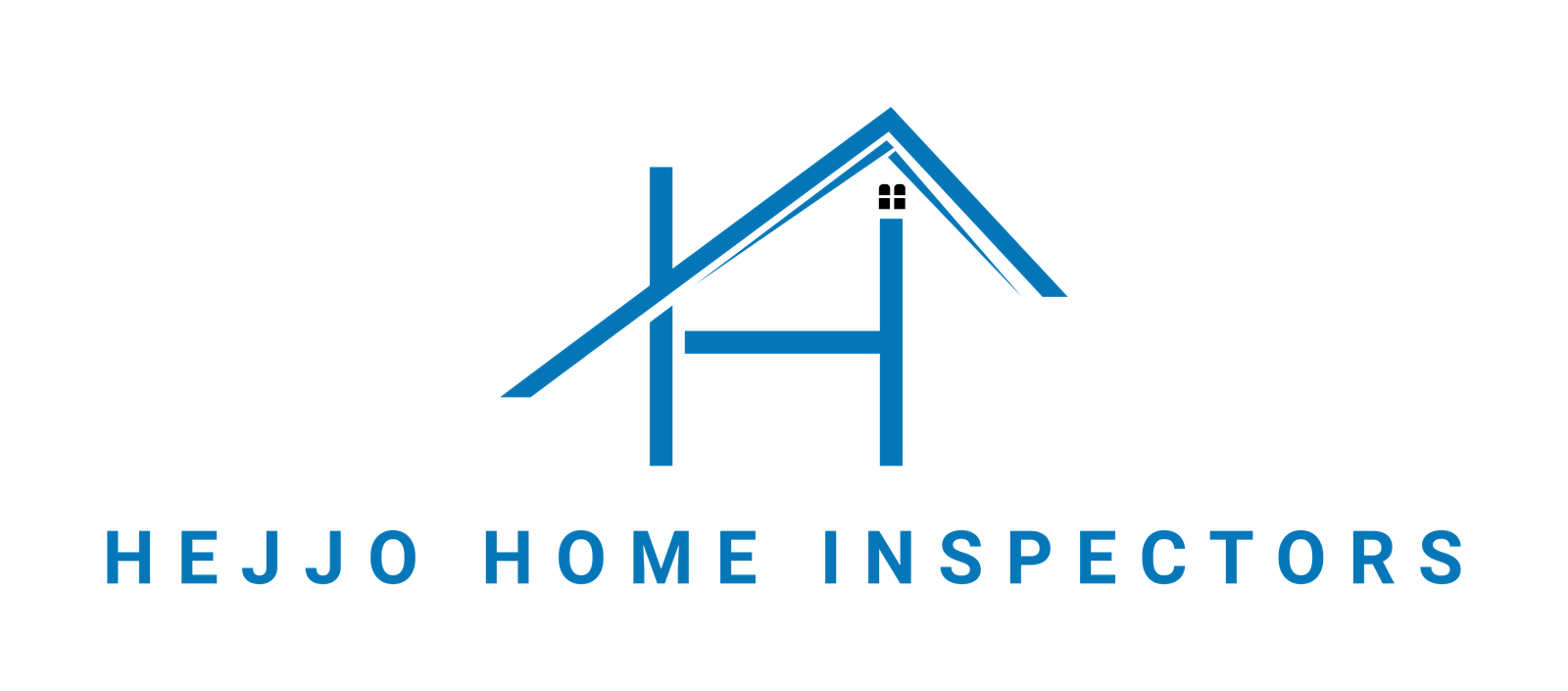Calgary’s Transit‑Oriented Development (TOD) agenda has reached a tangible milestone with the selection of Onward Homes to deliver 350 new residences at Franklin Station. Anchored by direct access to the CTrain network, this initiative shows how targeted infill around transit nodes can catalyze dense, walkable, mixed‑use neighbourhoods.
Selection of Developer
The City announced on May 14, 2025, that Onward Homes will develop the south Franklin LRT parking lot site into 350 homes, with groundbreaking anticipated in 2026. Calgary Mayor Jyoti Gondek emphasized the site’s “transit access and proximity to schools and essential services,” framing it as a prototype for community‑focused development rather than isolated housing blocks. Onward Homes CEO Martina Jileckova reiterated that situating homes “near high‑quality transit…creates inclusive communities where everyone can thrive”.
Half of the units will be offered at below‑market rates, including three‑bedroom family configurations and universally accessible designs. The project secured $9.5 million through the federal Housing Accelerator Fund (HAF) to cover site‑preparation and streetscape enhancements, expediting the move from land‑use approval to shovels in the ground.
Transit‑Oriented Development
Transit‑Oriented Development (TOD) concentrates higher‑density housing, retail, offices, and public spaces within a short walk, typically 400 to 800 metres, of rail or frequent bus corridors, thereby increasing transit ridership and reducing reliance on cars. The City’s TOD Implementation Strategy, ratified by Council in December 2019, embeds principles such as compact built form, active storefronts, and pedestrian‑first networks into zoning and design guidelines.
Core TOD Principles
Walkable Block Structure: Street‑oriented buildings with retail and services at grade, minimizing setbacks to foster engagement.
Mixed‑Use Programming: Integrating residential, commercial, and civic uses to maintain activity throughout the day.
Connectivity: Enhanced pedestrian, cycling, and micro‑mobility linkages between stations and surrounding communities.
Public Realm Quality: Inviting plazas, wider sidewalks, public art, and green infrastructure to animate station precincts.
The TOD Program
Since the approval of the Implementation Strategy, Calgary’s TOD Program has progressed from planning to execution across multiple station areas.
Site Assessments & Opportunity Matrix (2019–2020): Completed evaluations of all CTrain and BRT stations to prioritize investment based on infrastructure readiness and land‑use capacity.
Policy & Zoning Reforms (2023): TOD design principles embedded into the Guidebook for Great Communities; parking minimums relaxed and interim uses enabled in station precincts.
Housing Accelerator Fund Deployments (2024): Grants issued for Ramsay‑Inglewood and Franklin South sites, including streetscape upgrades and utility servicing.
Station‑Area Enhancements (Ongoing): Corridor safety upgrades along 2 Ave/7 Ave N.W., and streetscape works in the northwest quadrant.
Strategic Connectivity: Green Line Integration
Franklin Station’s redevelopment dovetails with broader network expansions. On March 18, 2025, senior levels of government confirmed full funding for Calgary’s Green Line LRT, unlocking construction of the SE Segment.
Infrastructure and Other Benefits
Upgraded Streetscapes
Calgary’s detailed design for Radcliffe Drive SE will create continuous, wide sidewalks paved with smooth, firm surfaces to accommodate pedestrians of all ages and abilities, directly linking adjacent neighbourhoods to station platforms. Dedicated cycle lanes will run parallel to these sidewalks, providing safe first/last‑mile connections for cyclists and e‑scooter riders. Along the corridor, new pedestrian‑scale LED lighting improves visibility after dark and integrates clear wayfinding signage to direct users toward platforms, local schools and parks.
Amenity Spaces
Immediately south of the existing park‑and‑ride, the project will introduce a human‑scaled, pedestrian‑focused plaza designed to host public markets, pop‑up events and informal gatherings. Movable seating clusters and sheltered meeting zones ensure flexibility for community programming, while integrated rain gardens and bioswales manage stormwater on‑site. Surrounding open areas will be planted with native trees, shrubs and pollinator‑friendly flowers.
Accessibility Features
All public‑realm elements will comply with The City of Calgary’s 2010 Access Design Standards, which mandate barrier‑free pathways (ramps and curb cuts), minimum clearances, and detectable warning surfaces at crossings. To further aid customers with vision loss, Calgary Transit has piloted tactile strips—textured bars and domes embedded at platform edges and major wayfinding points—to signal “safe to walk” zones and hazard warnings underfoot or via cane. Signage throughout the plaza and along Radcliffe Drive will feature high‑contrast graphics and raised lettering.
Next Steps
Onward Homes will initiate community engagement and detailed design through late 2025, aiming for construction commencement in early 2026. The City will monitor delivery against its TOD Implementation Strategy, with the next annual progress report slated for May 2026.
By embedding mixed‑income housing within a transit‑rich setting, the Franklin Station Area Improvements represent a tangible shift from policy to parcel, demonstrating how Calgary’s TOD Program can deliver sustainable, connected, and vibrant communities.
